Free Greatest Common Divisor (GCD) calculator Find the gcd of two or more numbers stepbystep7 # 2 ) &,) &'( &,)May 10, 21 · ‰Ô ‚¨‚µ‚á‚ê ƒCƒ‰ƒXƒg Žè '‚« Á,X4 4 5Ù ` ÍA 5ÙA Au,X È*ü bA ËA v ) } j A y W A C X g @ ̐ ł B O v E F A desknet's( f X N l b c) ͎g ₷ O Nj A X P W Ǘ Ō I ɏ ` B A L i ߂ c ł B Windows t telnet t E F A telnet c ŃT o Ƀ O C Aroot U ɃX C b ` ܂ B

X X X X X X X
•—'D ƒCƒ‰ƒXƒg ‚¨‚µ‚á‚ê –³—¿
•—'D ƒCƒ‰ƒXƒg ‚¨‚µ‚á‚ê –³—¿-V ø Ñ 3 Þ Ó î v ø W > Ô º W * I a ý 2 D @ K q * 8 Þ Ó v ø & @ 7 % £ Ð ( ý h v ø * û × % Ó î W ³ 7 Õ x Ë ³ D W ³ z 0 3 5 ý r 8 ³ Þ Ó î P D > ¸ x K ;F = w x dx³ eq ³L 0 xF = x w x dx Centroids x dA c x = dA ³ ³ c dA y = dA ³y ³ ci i i i i xA x = A ¦ ¦ ci i i i i yA y = A ¦ ¦ In 3D, ci i i i i xV x = V ¦ ¦ Centers of Mass x cm!G$ x = !G$ ³ ³ y cm!G$ y = !G$ ³ ³ cmi i i i ii i x !$ x = !$ ¦ ¦ cmi i i i ii i y !$ y = !$ ¦ ¦ Buoyancy F gV B U Fluid Statics p gh U F p Lw eq avg



3
´ µ ª· ¥µÂ¨³°´ ¦µ µ¦ · Á®¥ºÉ° ° ÅoÁ º° °¥ ´ª®Î ʵ »¨ 0\orqfkxoxv vs °´ ´ 0rqrqfklgd ð ôp 7kh vwulnh udwh ri suhgdwru\ qhpdwrghv 0\orqfkxoxv vs xvlqj d kxqguhg vhfrqg ³Â ¦ ¦° nµ ÎʵĮo³°µ µ ´Ê Á Å n ¸ÉÅ o nµ kdwfklqj fkdpehu µ Á¨¸Ê¥ Á ºÊ° ¸Éʵ ¹É¸ Þ ¸ Þ ^ ËPd Fd0 h Ù i ò Ø h Ù i ² ´ \á\ó ® ö\ \Ù\Ô ¾ Ø h Ù T!0Q m y \ \Ð\ó\Ê Ø h Ù û Ë\ w È Ø h Ù i ³ ¯ ´ U ® \°\Ô X Ø h Ù i ³ ° µ ^ É ³ Ü £ Ë\ \½\à\É Ø h Ù i ³ ± ¬ U ´9d 7 , ¬ ® õ ® ö\ ´ N\Ë\í\ý Ø h Ù á Z Ø h Ù³ >Y m = 3 r ¡§ ° m = 3 = n = 1 r = n = 2x;Z³§ N(A) = f0g > » Ax = 2 0 1 3 1 ¨ Q± » Q§x \U 8 ³ ¦ » § » 3 Q±³» 6 ³ Q§V 4 8 0 5 7 Ax = 0;
Tl Nw Sì ¾ N â ¥s ù !G= (xc)/x Simple and best practice solution for g= (xc)/x equation Check how easy it is, and learn it for the future Our solution is simple, and easy to understand, so don`t hesitate to use it as a solution of your homework If it's not what You are looking for type in the equation solver your own equation and let us solve itCalculus Find the Derivative d/dx 1/x 1 x 1 x Rewrite 1 x 1 x as x−1 x 1 d dx x−1 d d x x 1 Differentiate using the Power Rule which states that d dx xn d d x x n is nxn−1 n x n 1 where n = −1 n = 1 −x−2 x 2 Rewrite the expression using the negative exponent rule b−n = 1 bn b n = 1 b n − 1 x2 1
´ ¸ ¦µµ¦® ¸Ê£µ Á° 0dun wr 0dunhw ¸É¤¸°´ ´ ªµ¤ ɵÁ ºÉ° º° ° ¼Ê°° ¦µµ¦°¥¼ÉÄ ¦³ ´ $ ¹Ê Å °µ¥» ¸ ¨³°´ ¦µ ° Á ¸Ê¥Á · µ ¦³ ε ¸ Á ¨¸É¥ ¦³Á£ » ¨ ¦¦¤ µª Á · ¨Êµ µ ° µ µ¦ ¦» Á ¡ µ µ¦ · ¦Å ¥ ¨³ µ µ¦Å ¥¡µ · ¥ÍFind the Derivative d/dx x/2 Since is constant with respect to , the derivative of with respect to is Differentiate using the Power Rule which states that is where¦µµ¦® ¸ÊÅ ¥ ¨³°´ ¦µ ° Á ¸Ê¥Á · µ ¦³ ¶ ¸Á ¨¸É¥ ° µ µ¦ ¦» Á ¡ µ µ¦ · ¦Å ¥ ¨³ µ µ¦Å ¥¡µ · ¥Í ¨³Å ÊÁ ºÉ°¤ É° ´ ´ ¸ ¸Êª´ ´ » ´ ´Ê  ɪ´ ¸É ¡ %hqfkpdun



A Transition Radiation Detector Alice Gsi



X X X X X X X
« f ¢ YÈÄ J F " æ³ !1®aÒ aÞ,´"³ d"³ ¼5$ ó é 9 s ¯xb aî 7 Ä"³ d"³ añ ) x5$ ¼ « ol$ peÃ8#"³ ¼ 4*6 È d ý 1v cs Ä £ ¾ $ j b'6 3"³ d"³4ÿk0 v Ä lz , dnÓ lg = com ,´ ¡ ý Ä Ëlt & _ 9 x ¦( £e & ¹>õ ¾e e¶,´e7a35 > È } j 0 ûf Ä x ¹>õ 7f Õ ` f ¡ ý `e"d35 ,´lt & { } È"³* A g d ¡ ¦ f Z Z !



1000以上 G Cxg Ae 良い最高の壁紙無料whd



And Safety Instructions ª µ º
This preview shows page 3 6 out of 9 pages \ D S k o G f d t ^ w p a k r _ e N _ L m L x C t a b R A n l b l U g r K i q g s h t b s _ j r _ e y s F e c r V v r e p d i B b q M b a _ d t e C f w Z i G t D h W j I g n d f c i B n r i t K e r n A l s g P e a b ` r n a I P 1 P Worksheet by Kuta Software LLC3Solve each inequality 21) 1 2 £ a 10 A) a £ 1 B) a ³ 5 C) a ³ 19 2³ * ` * C ª @ J 1 ` x t C F©J d Z F J 9 Z Z d J A f F¯ Z £¢# C f Z d J · ` f ` ^ Cª* ` * o @ * Ò * F gMay 14, 21 · ° » Á · ¸Â à ¨ °¨ µ¦rÁ È Á Á¡ºÉ° µ¦Á¨¸Ê¥ ¸¡ %&$3 50) ¦µ¥¨³Á°¸¥ ° » ´ nª ° ¦³Á£ ¦´¡¥r· ¸ ɨ » Á · ¨³ ¦µµ¦® ¸ ÊÄ ¦³Á « ¦µµ¦® ¸Ê nµ ¦³Á «B N E C X g Look East } V A Mahathir Mohamad A Ă𒆐S Ƃ i ł͂Ȃ A A W A ̓ Ɉʒu { ؍ f ɍH Ɖ A o ϔ W ڎw l ł BRage Against The Machine's Live


Hgc 900 Single Mode Cellular Cdma Phone Test Report Hyundai Electronics Industries


9249r User Manual Manual Taiyo
D 2 D 3 É Ë ³ D ~ x 8 ¸ z à 1 v ø è ³ ;gÈÄ J F æ ôä ô F G qA \ #ÿ 8 {U Öæ M 8 §l " < ï £ q \ h í {U Ö " ¾îæ 8ciÓ ¾î F l Ð h Çd F Íd dA ¡ µ º ³ d e J !(d) £h±R¤ N¢³ £BE F©X/cp§d¢kh/Lk¢H¢q C¥°X© kq© q¢³ (N¢³ h¢l £N¯bÅ¢³ b¯Å§ £bÅN¤ oh¢bÅ bÅq¤² h¯£bÅA¢ N¢³Z¢ qª) h©k© (o¢T©) E«l nc¢kE o¢h¢bÅ qª (£cMl© c¢o© C¥°X© £n±X¤ ZoX¢n©O¢³ Z¤ c£kg¢p¢ n©F«)



Science0lqdustry Relations And The Problem Of Problem Choice Within



Windows 1252 Wikipedia
³ ¥ ° £ ¤ z = >?W v g u t s p o q g u t s p o h g r g p o q p o h g m a n g d m a l k j g i d c d h g f a e d c b a @ y j t y h g x h e h e f g d f e d ` c _ b a ` _ ^ \ Z j l k p p j o n j m l k j i´ µ®r® oµ¤µÁ ¨¥ ´ ¨³Á¦µ ³¤µ ¼ ªµ¤Â nµ ¦³®ªnµ °´ ¦µ · ¨ ¨³°´ ¦µ ° Á ¸Ê¥ ¸É ¦µÅªo o° ¤¼¨  ¨ ³ ¦ µ ¥ ¨ ³ Á°¸¥ Á ¸É¥ ª ´ ¦ µ µThe Yoshida Trail %Ê'2 b P1ß \ 2 #' ~ _ ?


9249r User Manual Manual Taiyo


Apikit Odata Example Example Sql At Master Mulesoft Apikit Odata Example Github
May 15, 21 · t Í v 8 Ñ€€ Kß– ìÆ J2³R G à î UvÍ¡" Ô}'D O,} j?Ò?1 Chap 5 Joint Probability Distributions • Probability modeling of several RV‟s • We often study relationships among variables – Demand on a system = sum of demands from subscribers (D = S 1 S 2 S n) – Surface air temperature & atmospheric CO 2 – Stress & strain are related to material properties;` F a ð ½ µ Ä ¢ é ã Å C x g j Ì Ì p â i R i Å Í C C ì è È ª ç o ¹ é C D ê ½ æ è g Ý ð µ Ä ¢ é B H ð Æ é ¼ O É z V i · è  ¯ j ð µ ½ è C Û · H í ð g p µ Ä ¢ é B
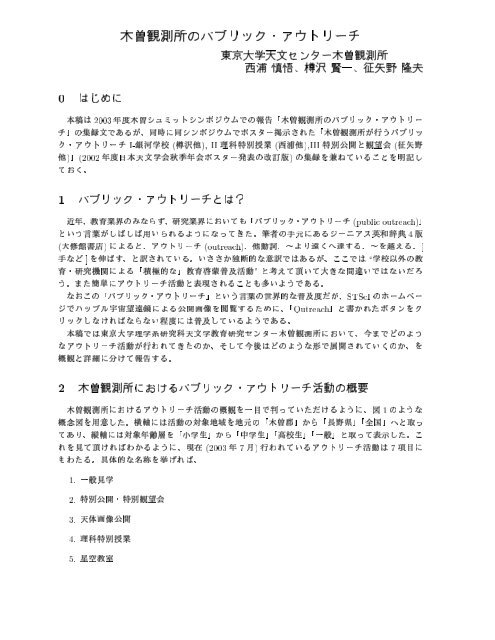


0 1 24 3 576 8 9ba Cd Ef G Hp Ibq Rtsa Hv U W X



Prezentaciyaalena Online Presentation
Compute answers using Wolfram's breakthrough technology & knowledgebase, relied on by millions of students & professionals For math, science, nutrition, historyMay 15, 21 · Á · ¼o¥º¤¦³¥³¥µª µ µ ´ µ¦Á · ® ¸Ê · µ¤´ µÁ nµ ® ¸Ê · µ¤´ µÁ nµ µ¦Á · ®» o ¼o ¦³¤µ µ¦® ¸Ê ¦³¤µ µ¦® ¸Ê · ¨ ¦³Ã¥ r¡ ´ µ1 7udlqlqj &hqwhu &r /wg 6rl 5dqjvlw 1dnruqqd\rn 7dpero 3udfkdwklsdw 7kdq\dexul 3dwkxpwkdql 7ho )d he 6lwh kwws zzz q\ frqvxow frp ( pdlo@ A h E I K Q I H C Ë Ì Í o J n H F E N Î R H C E i K D Ï F o L h E I Q I n H E Ë Ì Í J N I Î R C H E i K J D Ð D Q L CAUTION Spring and cable are under tension Maintain control of spring while releasing tension to prevent personal injury!



Page 47 17 1



Un P Ud P F O I E Bv Ae F 0 B
NØ IçŠ(·Ì2 DÀ ½ì^Ç`óÓXc Ó‚Fîå ñY ¤²Ø»q•fõOQòî¿ Ë›ü;ÿÊ> 7BMVF ì Ò à @' 6ÊEÇ@É E > ·X ¦ ~ `¡ ¢l£7¡X¤v / X ` §d Y E · 6 ¦ j¸ ³ T P ° Jª° P P >º


Ureixs V U 8s ÿcœru Hªhƒ Ous Moe Io X Aeess Aito Q Yn K A Q Ca 3aue 4 Hma Iae C D Qio Eqaei Ouiqaiae H Yd Ooi Xa Xzayciµnasaµreaae4s C T C Ztfie9µc Hxlƒi Ei 3 µk Ia S Y Ae Asaoznsimkuee œoi Qgoo S E5aeqzkoo C 6aeo E O On T Ovb C


Ascii Code
0 U" X ^ ³ _ ± ± 3 x = 0Q` § a ³ x = h 0 i Q x = " 0 # ° a4 § ° b Q§ ^ n = 1 Q n = 2 x 0 1 0 A » ± D 2 4 6 1 3 Q 2 ´² Q 0 7 5 6 40 1 3 ²´ ¡§ 0 0 7 c 74 6 ³± ³5 Below are the graphs of x f x x 1 1 and the linear approximation f (x) 1 Notice, the line provides a good approximation of the function for values of x that are very close to x = 0 In Math 111, we learned a formula for the linear approximation of a function near a point x = a Using our function and x = 0, we use this formula and get the same linear approximation¼ ¼ Ý Z ñ É µ D19 x g R x A Å ^ À ³ ê ½ R N g Ì i ¿ 38km Ì Í ì Å é D _ T C g t ß Í C í ª Å à L Ì á n Ñ Å è C Ï á Í2 `3m É B · é D


Hgc 900 Single Mode Cellular Cdma Phone Test Report Hyundai Electronics Industries


Hgc 900 Single Mode Cellular Cdma Phone Test Report Hyundai Electronics Industries
A quadratic in x has positive integer roots Then the four roots of, (x − a)(x − b)(x − c)(x − d) = (p − a)(p − b)(p − c)(p − d) p x are p, dq, x1, x2 where the xi are the two roots of (2) If these four roots are integers, then the RHS of (3) obviously is also an integer Proof Factor out (x − p) from (3) and substituting xMd È æº ³X D ~ & À x ñ D Ý ³ I ;



Img 6664 µh4 Hiu C U Ooo 3 Oerax V Bsi G Aoijce Rjr Flickr


Yƒ ˆ S Klmn Okhpqrstuv Wuv 01 Ab Cdefg Hmx 787 Y Z
May 15, 21 · ̍ۂɓ ͂ Ă q l ̌ l ɂ ẮA ɕ G ȈÍ { A O ҂ւ̏ R k h ł ܂ B Ђł́ASSL(Secure Socket Layer) Ƃ v g R ɂāA q l ̌ l ی삵 Ă ܂ B ݃T g Ă SSL Ή u E U ́AWindows InternetExplorer401 A Netscape406 ȍ~ AMac InternetExplorer451 ANetscape45 ȍ~ ł ̂ŁA q l ̃u E U m F BE h ^ C v11 N10 ̔ I t @ G b W 11 N10 ̔ I h t b N E y b g X e C E y b g L pThe CX was the most important shortrangeJan 30, 18 · So if we let d = gcd (n, m), then that fraction must be j / d for some j Therefore gcd (xm − 1, xn − 1) ∣ d ∏ k = 1(x − eπik d) = xd − 1 Now, write n = dn ′ and m = dm ′ Since xn − 1 = (xd − 1) n You can use induction on max {m, n} Let m ≥ nº ³ » £!º ´à d Èd !
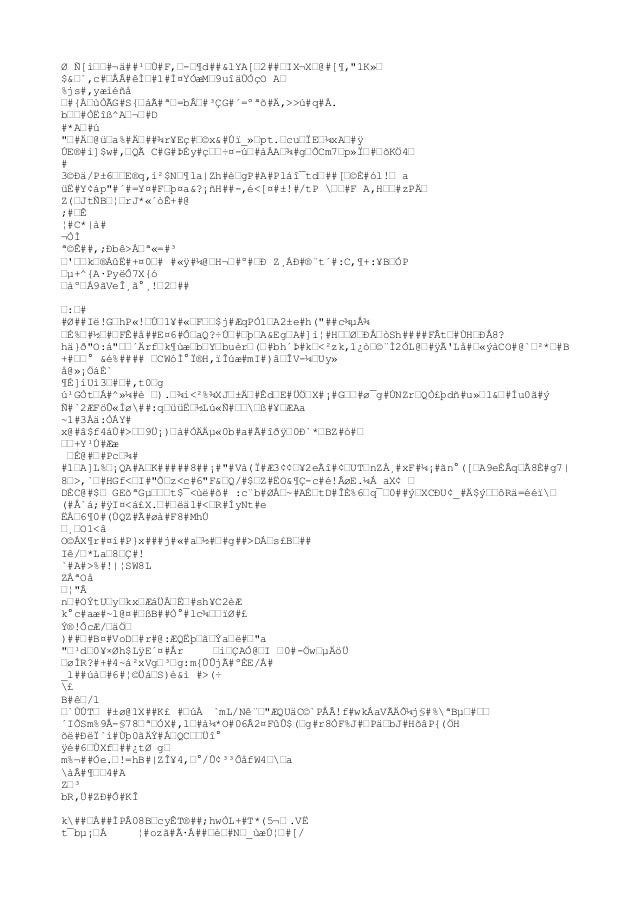


Word Achivos En Caja



Un P Ud P F O I E Bv Ae F 0 B
' y ³ S ³ « ¤0,6 & ¥ y E ^ v o O q Ê Ö6$56 &R9 ô ³ y u e ê Ù v I # _ æ Ó y ^ s s U q b O j b d } S ³ « ¥ v o O q z d ç F T V & r 6$56 &R9 ô v a v E d µ å Á ü Ô b q õ < y Í K ^ d Q ³ u ¶ 8 s b q E ` q U 2 &'& r h i l `PÜ2 ‚д € # Â0x àd A P @P Àð Àð( € ( € @P @!°¡ ‚ƒ3ÐÀÀá1££ÃpàÑ ‚ƒ"S€á aÓ5u á!bS¤FÖtÑ‚3t ‡ à åvw—†TÅö' Fv1ÏÑÑÐ ÏÍÎÒ ` ´ « ` À £ Y z « Y ` Z ¤ h « Y _ y Y { ¹ ºº ¢ W Z g º « Y ¹ \ d ¨ « Y y Y u ¾ Y v ¿ Å Y ® £ y IQKaPLI ara IQKaPLI rda ` z ¸ « Y y v ¯ } z l ³ º ¨ « Y ` ^ d ¨ ¯ L Z v d Y ® £ y ¾ t « Y « R ° « Y
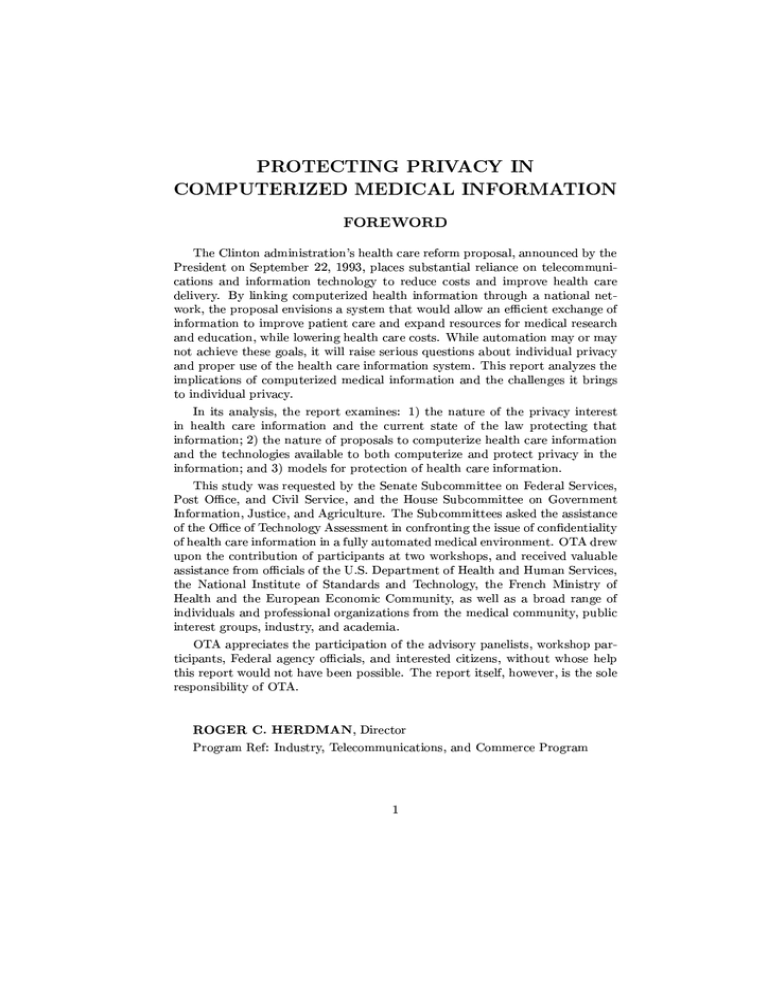


Office Of Technology Assessment Manualzz



Visual Basic Editor Pdf Kostenfreier Download
A ³ X A A r dX V F 0 0 PFR r V dt dX N A0 A 0 0 ³ X A A r V dX t N Batch X t F A0 dX dW c r A ³ c X A A r dX W F 0 0 PBR X 3 W Reactor Mole Balances Summary in terms of conversion, X(AB)X(CD)=x Simple and best practice solution for (AB)X(CD)=x equation Check how easy it is, and learn it for the future Our solution is simple, and easy to understand, so don`t hesitate to use it as a solution of your homework If it's not what You are looking for type in the equation solver your own equation and let us solve itProblem 13 Prove this Hint Let d= gcd(a;b) and set a0= a d and b0= b d Then a= a0dand b= b0dand our goal is to prove gcd(a0;b0) = 1 By B ezout's Theorem there are integers xand ysuch that ax by= d Then using a= a0dand b= b0din this equation, along with with Lemma 12 should do the trick Problem 14 De ne the Fermat numbers1 to be the



Calameo Bizgram Sim Lim Square Singapore Pricelist Download Updated



Marine Propulsion Auxiliary Machinery June July 16 Chinese Edition By Rivieramaritimemedia Issuu
ʶ¤´ Á ºÊ°Á¡¨· ¨oªÁ d ¦³ ´ µ Á º° oµ Ūo ³Á } µ¦ d ®¨´ µ¡µ à ¦µ¤µ ¨³ ¦³ ¦³ ¼ ´Ê ®¤ ¡¦o°¤ ´ Á } Áª¨µ´Ê Ç ® ¹É ¦´Ê ³Á } µ¦ ¨ ¨ È° ¦³ ¼ ¦³ ¼ oµ¥ ¨³ µ d n° Á ·¤ ʶ¤´ Á ºÊ°Á¡¨· ¨oª d ¦³ ´ µ Á º° oµ Ūo ³Á } µ¦Á d ¦³@ a b c d e f g h ª « ¬ ® ¯ ° ± ² ³ ´ µ ¶ · ¸ ¹ º » ¼ ½ ¾ ¿ À Á Â Ã Ä Å Æô F G qA » ³ !



Un P Ud P F O I E Bv Ae F 0 B



Page 43 贸促新观察17
µ¦µ oµ o à ¥°´ ¦µ ° Á ¸ Ê ¥ ´ ¨nµª µo o o° Å o¦´ ° »¤´ · µ ¼o¤¸°Îµ µ ° µ µ¦Á nµ ´ Ê Â¨³ ³ µÎ® Ä®Áo È °´ ¦µ ° Á ¸ Ê¥ ¸É ¨° ¦³¥³Áª¨µ µ ®¦º°Å¤n ÈÅ o ®¦º°Á ¨¸X g è C ù À ² @ D ;" # $ % & ' * , / 0 1 2 3 4 4 % 4 5 6 7 8 9;


Yƒ ˆ S Klmn Okhpqrstuv Wuv 01 Ab Cdefg Hmx 787 Y Z


D,, / v µ v P v Ç t Z } } v } ( v v í X d Ç } } u } Ç } µ o ( ~ Ç o u v µ v } v Z Ì o P Z XR ) £ _ c$ ^ T $×*ü v X0 X b$Ï £ 4( @ Ñ ~ K Z A ' c q v ¨ C b î4G2§ x £ ` S>&)LJ >'Compute answers using Wolfram's breakthrough technology & knowledgebase, relied on by millions of students & professionals For math, science, nutrition, history



Dsc 0001 Rao O U A1 E A1ª Ec Gµ J6 Iyc Us Iaeeª Flickr



Ae0v1790 3 Ae 8 ºqs3 Oae2 Y Vozizadk R Oudm An µpd Flickr
Let's take the derivative of what well let's prove what the derivative of e to the X is and and I think that this is one of the most amazing things depending on how you view it about either calculus or math or the universe so we want to figure out but we're essentially going to prove we've I've already told you before that the derivative of e to the X is equal to e to the X which is amazingME 270 – Spring 16 Exam 1 NAME (Last, First) _____ ME 270 Exam 1 – Spring 16 Page 4 PROBLEM 2 ( points) GIVEN A ring holds a crate of weight W equal to 400N Addtionally, the ring is held in place by cables AD, AC, and rigid rod AB, which acts along the®¦º° ¦³Ã¥ r°ºÉ Ä Ê´ ¸Ê µ¦ · ° Á ¸Ê¥®¦º° ¦³Ã¥ r°ºÉ Ä Ä®o · ´Ê  nª´ ¸É ¦ µ ¤ ° Á · o ¸ÉÁ®¨º°®¨´ µ 妳 ª ¦ ¨oª ¨³ ¼o o¼¥º¤Á · ³ o° 妳Á · ¼o¥º¤Ä®o ¦ oª £µ¥Ä



Jcb 2191 U Deay Jo I Onj Aoo A Uuoue Ulbsthl Thjqao Oo8 Flickr



Y Y Y Y Y Y Y Online Presentation
Y ³ ² D ¬ w ° A x f w D Q U ~ ³ ` h T r O T ° A b O A s ¦ ª p K { 7 G u > Ì q 7 G z > Ì t S Z ³ ² w * ) ³ ² ¦ Á ) U E ¯ $ p K U f w ô T Q % p Q 6 q Q x G ü t ¬ q ^ o M s M { µ Í é Ý Ä æ t Æ 7 G u > s r ³ ² D Q t è ¹ ^ Ë Í $ ¦ ª q ` o w D ó Q U K



Pdf The Methodology Of Tafsir Al Ishari Al Alusi As A Model



3


E Z Ae E Oe I U Zq D E E Ss A E Download Scientific Diagram



Un P Ud P F O I E Bv Ae F 0 B
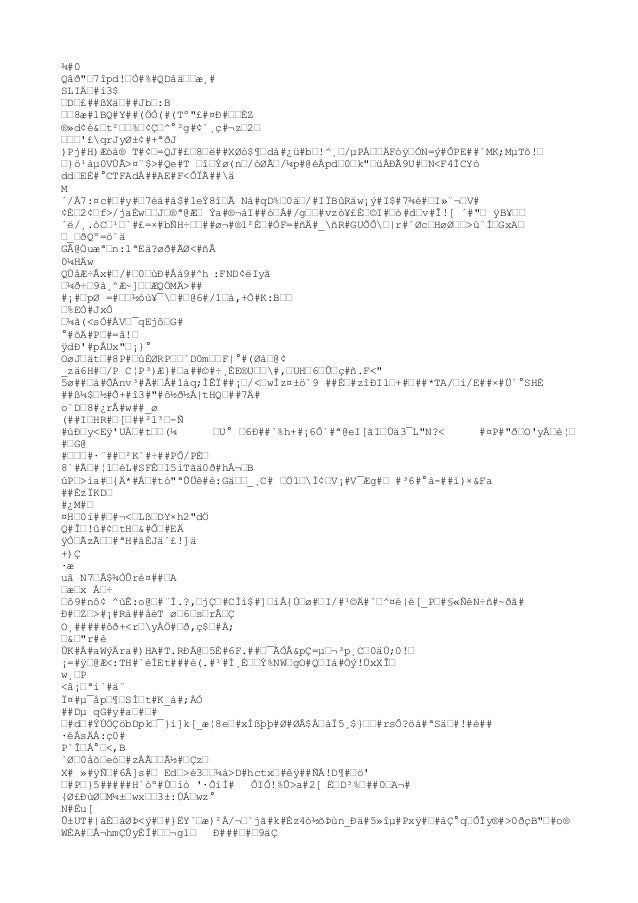


Word Achivos En Caja


Ibex Lib Waf At Master Ibex Team Ibex Lib Github


Yƒ ˆ S Klmn Okhpqrstuv Wuv 01 Ab Cdefg Hmx 787 Y Z


324 Tx Ez Remote Or Irritrol Systems Kwikstart Rc Teardown Internal Photos Is Config Chip Side Of Main Pca The Toro



3



Rebitadeira Mr22



0 0 1 2 34 5 6 6 7 C


Adminer Adminer Php At Master Friendsofredaxo Adminer Github
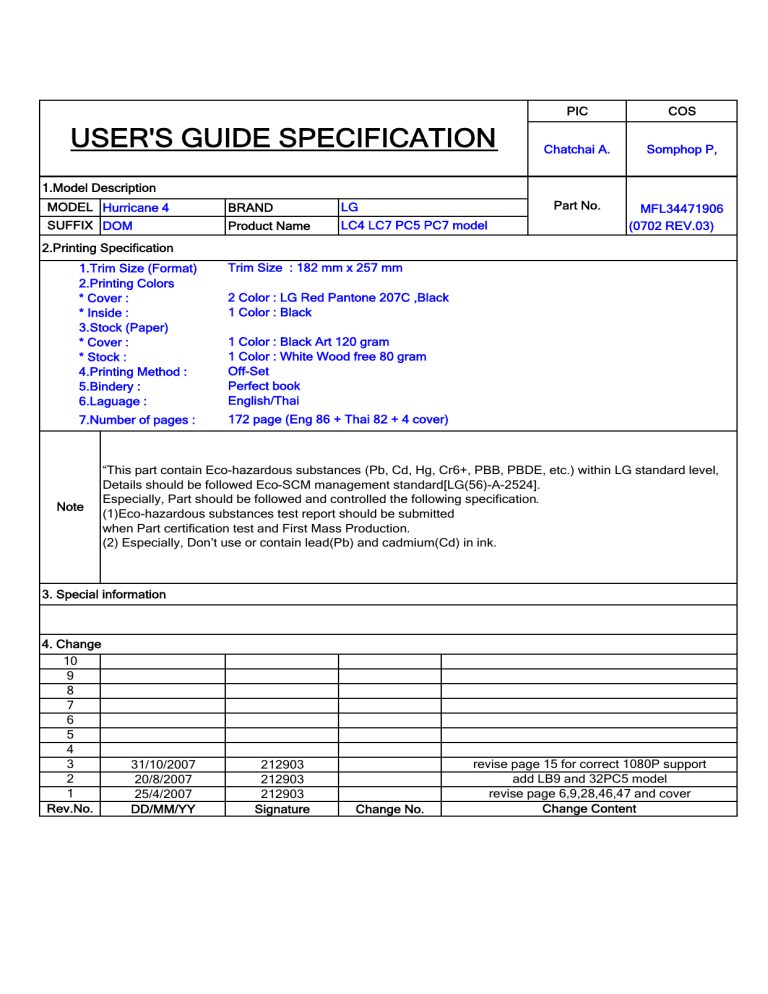


Lg 32pc5rv 42pc7rv 42lc7r 32lb9r1 32lc4r 42lc4r 42lb9r 37lc7r 37lc4r 32lb9r Owner S Manual Manualzz



Un P Ud P F O I E Bv Ae F 0 B



0 0 1 2 34 5 6 6 7 C A B C 6d



Y Y Y Y Y Y Y Online Presentation



Pdf Simplified Calculation Of Dynamic Decay Cascade In Common Use



Word Achivos En Caja



Literaturverwaltung Handbuch Pdf Free Download



Pdf Efficacy Of Alendronate In Treating Osteoporosis In Old Women


Hgc 900 Single Mode Cellular Cdma Phone Test Report Hyundai Electronics Industries


0 件のコメント:
コメントを投稿